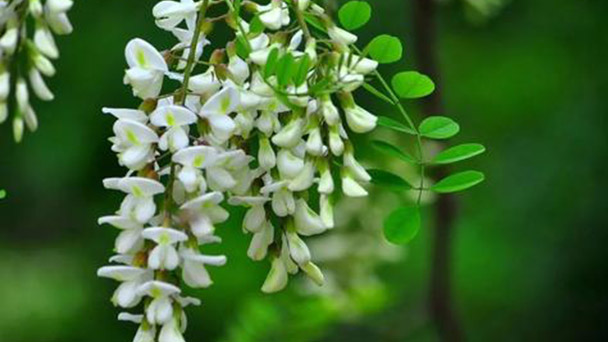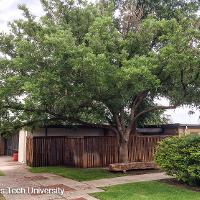japanese pagoda tree edible
Hermaphrodite Has growth rate. The flowers buds and fruit are used in traditional medicine.
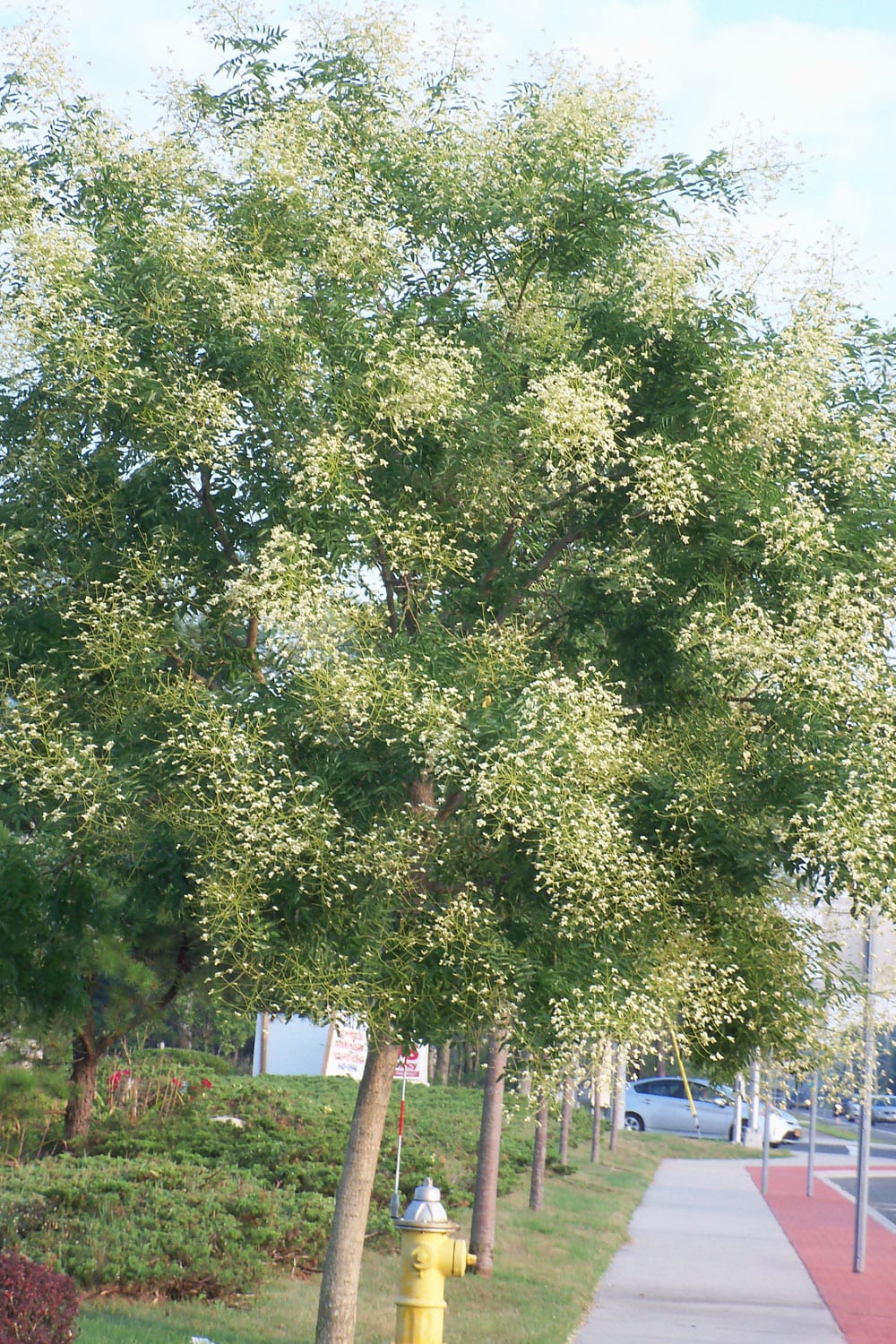
The Japanese Pagoda A Late Summer Flowering Tree Tbr News Media
Japanese pagoda tree Fabaceae legume family peas Styphnolobium affine.

. The edible effects of Japanese Pagoda Tree Japanese Pagoda Trees Styphonlobium japonicum can cool blood and stop bleeding clear liver decrease internal heat anti-inflammatory anti-edema anti-ulcer lower blood pressure and other effects. But its not only beautiful its also very beneficial to the circulatory system. The leaves are a rich source of rutin they contain much more than the usual commercial source buckwheat Fagopyrum esculentum 174.
The plant is important in traditional medicine and its leaves and flowers are edible. If the seeds for your Japanese Pagoda Tree Sophora japonica were stored properly they should germinate without problem. It is a medium to large deciduous tree that typically matures to 50-75 less frequently to 100 tall with a broad rounded crown.
Sophora japonica otherwise known as Japanese pagoda tree is native to eastern China and Japan. Japanese Pagodatree Flower. Clay loam sandy soils.
5 Has lifecycle type. Drought Has fertility type. The fruits mature in autumn and often continue to hang down in the winter.
Pagoda tree contains chemicals similar to. The perfect Japanese garden isnt complete without a Millstone Jpanaese Pagodatree Sophora japonica Halka intermingled with the maples. Studies on the interaction of the Sophora japonica lectin and concanavalin A with erythrocytes and lymphocytes.
Pagoda dogwood is a native low-branched tree reaching a mature height of 15 to 25 feet and 20 to 32 feet in width. Japanese Pagoda Tree Plant Resources Home Ttu It produces an abundant display of yellowish-green flowers in spring and pinkish-red berries in summer. Attractive cream-colored flowers in late July.
5b - 9a Wetdry. Each pod produces between 1 and 6 brown beanlike seeds. Japanese pagoda also known as Styphnolobium japonicum is a large deciduous tree native to China but cultivated in Japan for hundreds of years.
The ovaries before the flowers open contain up to 40 rutin 218. The Japanese pagoda tree is often called the Chinese scholar tree. Best used for High Blood Pressure.
Japanese Pagoda Tree Has drought tolerance. Styphnolobium japonicum. Some are followed by edible fruit others by seed pods.
Studies on the interaction of the Sophora japonica lectin and concanavalin A with erythrocytes and lymphocytes. It is generally cultivated for its attractive compound foliage and fragrant. Every year we sell over a million hedging plants.
Fluffy pyramidal panicles or clusters of creamy white-green fragrant. Some especially those grown for their showy. Sophora japonica has a documented history of being used to promote optimal.
The leaves can also be made into. Tolerates drought Native range. While some parts of the pagoda tree are edible the peas are toxic and should not be consumed.
Sheng Huai Jiao Japanese Pagodatree Immature Fruit. It grows up to 20 M. The leaves can also be made into tea and an edible starch is obtained from the seed.
The fruit of the pagoda tree is a yellowish bean-shaped pod narrow between seeds like a string of beads. Japanese Pagodatree Fruit. It offers frothy flowers when in season and fascinating and attractive pods.
Japanese pagoda tree Styphnolobium japonicum also called Chinese scholar tree tree of the pea family Fabaceae. 50 - 70 Site characteristics. While some parts of the pagoda tree are edible the peas are toxic and should not be consumed.
50 - 82 Other. Sophora japonica commonly called Japanese pagoda tree or Chinese scholar tree is native to China and Korea but not Japan. Fluffy pyramidal panicles or clusters of creamy white-green fragrant.
The Japanese pagoda tree is often called the Chinese scholar tree. The Japanese pagoda tree Sophora japonica or Styphnolobium japonicum is a showy little shade tree. This seems more appropriate despite the Japanese reference in its scientific names since the tree.
It is an upright broad-spreading tree that grows as wide as it does tall forming a lacy canopy of dark green pinnate leaves. Vigorous Has hardiness zone. Regent rapid growth profuse.
Huai Hua Mi Japanese Pagodatree Pods. Japanese Pagodatree is a tree. Attracts birds pollinators or wildlife.
The modifying action of the Japanese pagoda tree Sophora japonica and pantocrine in radiation lesions. Its beautiful white flowers make it a prized ornamental tree all over the world. This seems more appropriate since the tree is native to China and not Japan.
Information About Pagoda Tree. It grows in a tropical climate. Insects Has flowers of type.
Tips On Growing Japanese Pagodas. Unknown use Rutin and Tea Has environmental tolerance. Its unique horizontal branching pattern has a distinct tiered habit.
Tolerant Has edible part. Styphnolobium japonicum previously Sophora japonica popularly known as the Japanese pagoda tree Chinese scholar tree or pagoda tree is a species of plant in the subfamily Faboideae in the Fabaceae Leguminosae Pea family. It is an upright broad-spreading tree that grows as wide as it does tall forming a lacy canopy of dark green pinnate leaves.
Despite its name the Japanese pagoda tree is native to China and was introduced to Japan where it is commonly found on the grounds of Buddhist temples. Japanese pagoda also known as Styphnolobium japonicum is a large deciduous tree native to China but cultivated in Japan for hundreds of years. It is generally cultivated for its attractive compound foliage and fragrant late.
Huai Jiao Japanese Pagodatree Fruit is cold in nature. Elegant upsweeping branches hold an abundance of bright green foliage during the warm months. Flowers Leaves and Unknown part Has edible use.
Dried flowers contain anti-hemorrhage and anti-hemostatic attributes. The modifying action of the Japanese pagoda tree Sophora japonica and pantocrine in radiation lesions. A tea can be made from the young leaves and flowers 183.
Princeton Upright upright. They provide the perfect backdrop for the flower power right around the corner. In addition to landscaping the pagoda tree s flowers have medicinal qualities.
Styphnolobium japonicum commonly called Japanese pagoda tree or Chinese scholar tree is native to China and Korea but not Japan. Native geographic location and habitat. The branches can also add interest in the winter after the leaves have.
Perennial Has material part. Pagoda tree Styphnolobium japonicum is a plant found in China Japan and Korea. It is native to the northern portion of the eastern United States.
It is a medium to large deciduous tree that typically matures to 50-75 less frequently to 100 tall with a broad rounded crown. An edible starch is obtained from the seed 183.
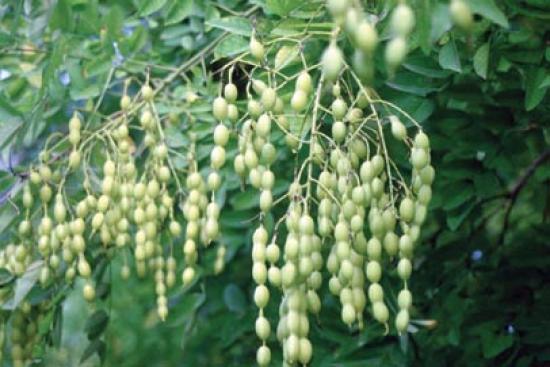
Japanese Pagoda Tree Scholar Tree Yale Nature Walk

The Japanese Pagoda A Late Summer Flowering Tree Tbr News Media
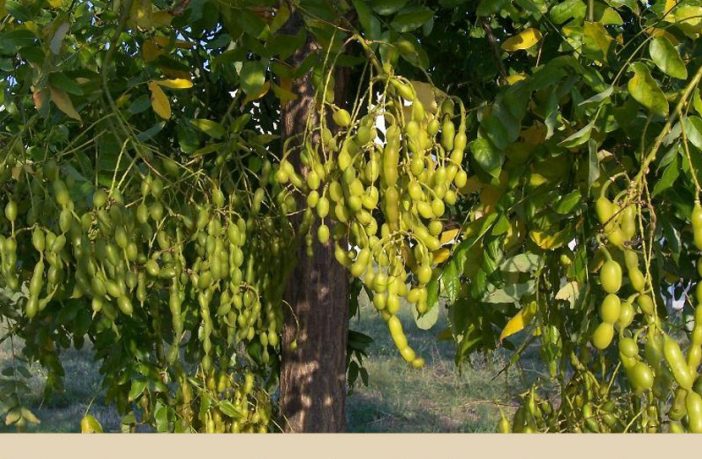
Pagoda Tree Facts And Health Benefits
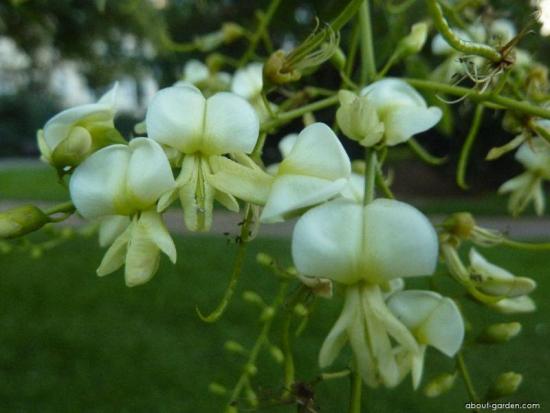
Japanese Pagoda Tree Scholar Tree Yale Nature Walk
Japanese Pagoda Tree Becoming Popular In U S Cities What Grows There Hugh Conlon Horticulturalist Professor Lecturer And Gardener
Japanese Pagoda Tree Becoming Popular In U S Cities What Grows There Hugh Conlon Horticulturalist Professor Lecturer And Gardener
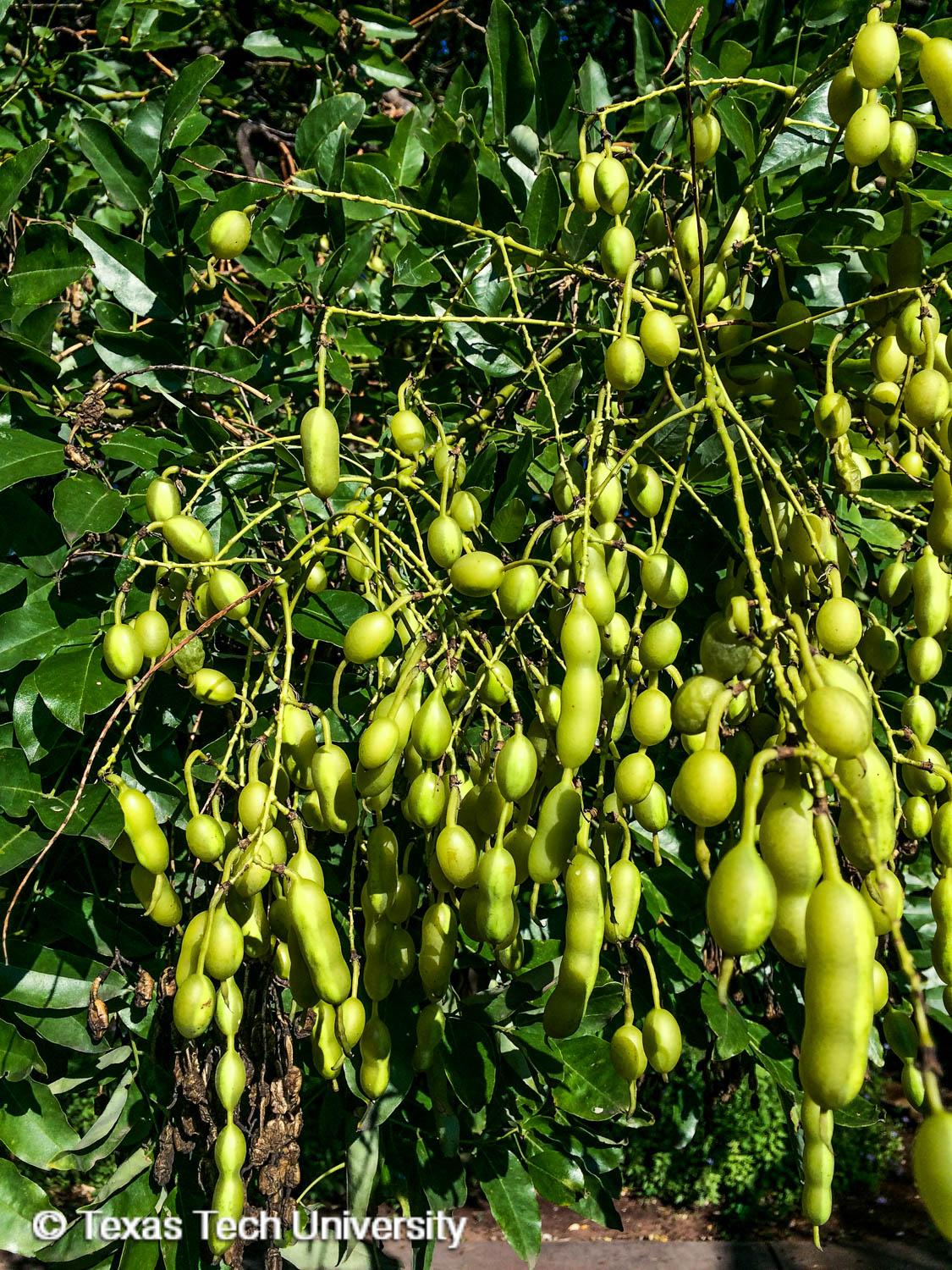
Japanese Pagoda Tree Plant Resources Home Ttu

Styphnolobium Japonicum Chinese Scholar Tree Japanese Pagoda Japanese Pagoda Tree Scholar Tree North Carolina Extension Gardener Plant Toolbox
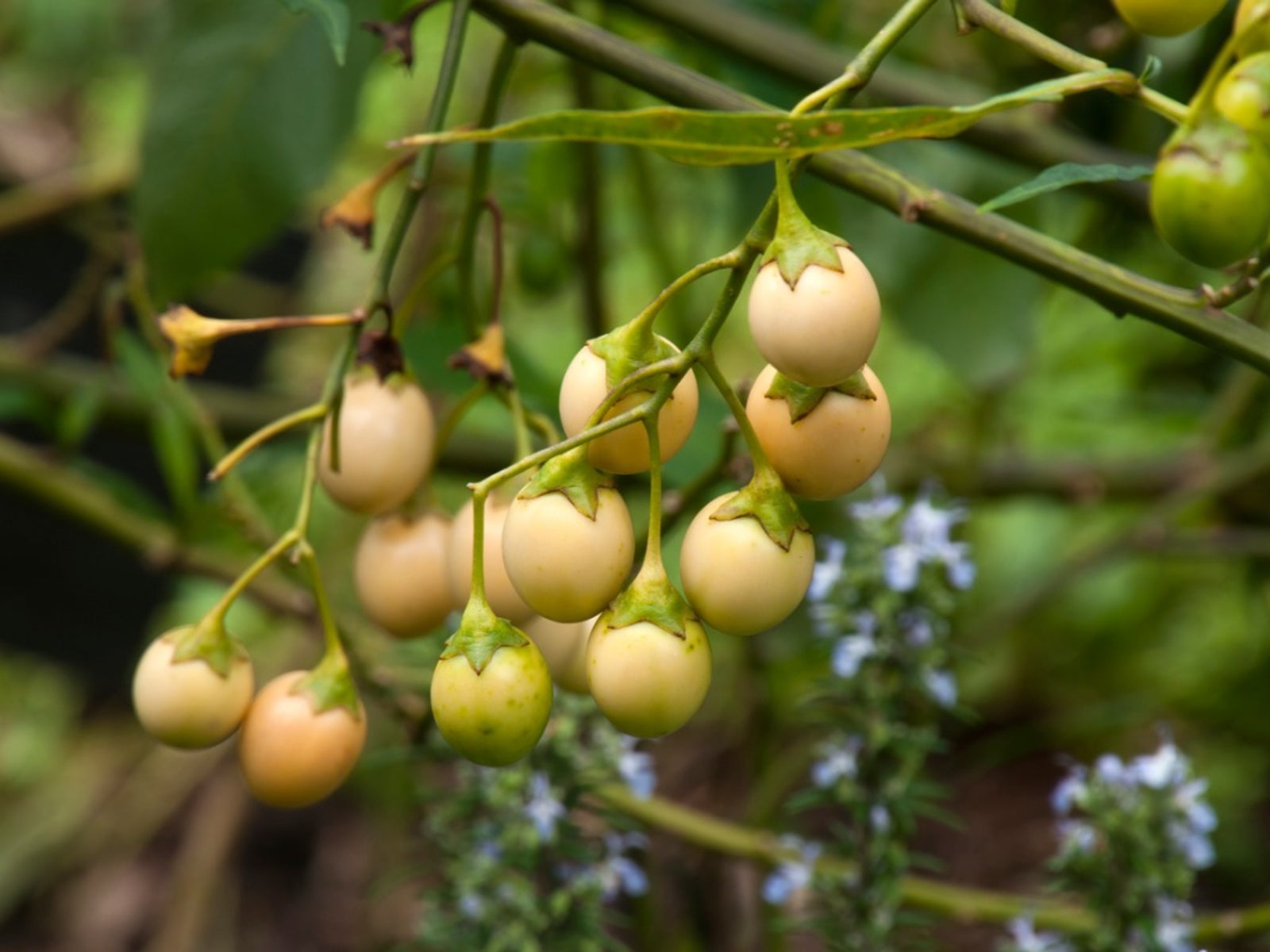
Propagating Kangaroo Apple Learn About Kangaroo Apple Plants
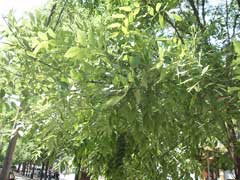
Sophora Japonica Japanese Pagoda Tree Scholar Tree Pfaf Plant Database

Sophora Japonica Huai Hua Mi Proven Herbal Remedies
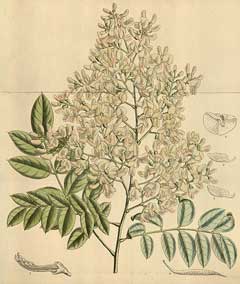
Sophora Japonica Japanese Pagoda Tree Scholar Tree Pfaf Plant Database
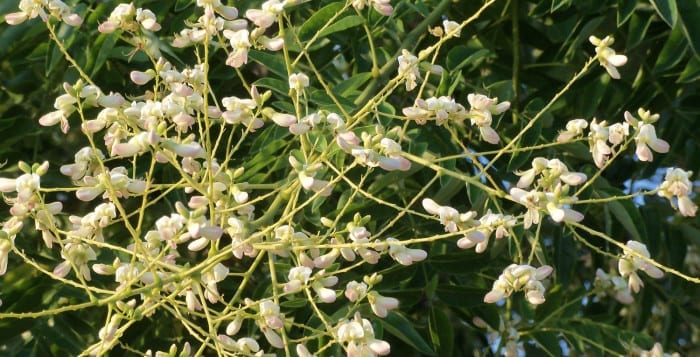
The Japanese Pagoda A Late Summer Flowering Tree Tbr News Media

Japanese Pagoda Tree Scholar Tree Yale Nature Walk

Reforestation And The Medicinal Uses Of Trees Liliana Usvat Research Japanese Pagoda Tree Sophora Japonica Nitrogen Fixing Trees Medicinal Uses

Japanese Pagoda Tree Seed Pods Umbrella Tree Tree Seeds Japanese Pagoda
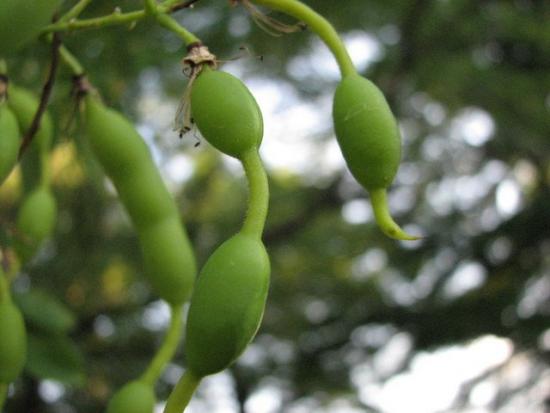
Japanese Pagoda Tree Scholar Tree Yale Nature Walk
